The Moluccan Goshawk, scientifically known as Accipiter henicogrammus, is a captivating bird of prey indigenous to the Moluccan Islands in Indonesia.
This striking raptor belongs to the Accipitridae family and is renowned for its exceptional hunting prowess and agile flight capabilities.
The Moluccan Goshawk is characterized by its compact build, short wings, and distinctive rufous-brown plumage, adorned with fine barring.
With a keen sense of vision and remarkable agility, it navigates through diverse habitats such as forests and mangroves with remarkable finesse.
This species exhibits sexual dimorphism, with females generally larger than males. Known for its elusive nature, the Moluccan Goshawk primarily preys on small birds and mammals, showcasing a vital role in maintaining ecological balance within its habitat.
Conservation efforts are crucial for preserving this species, as it faces challenges such as habitat loss and potential threats to its population.
Understanding and safeguarding the Moluccan Goshawk contributes to the broader tapestry of biodiversity conservation in the Moluccan Islands.
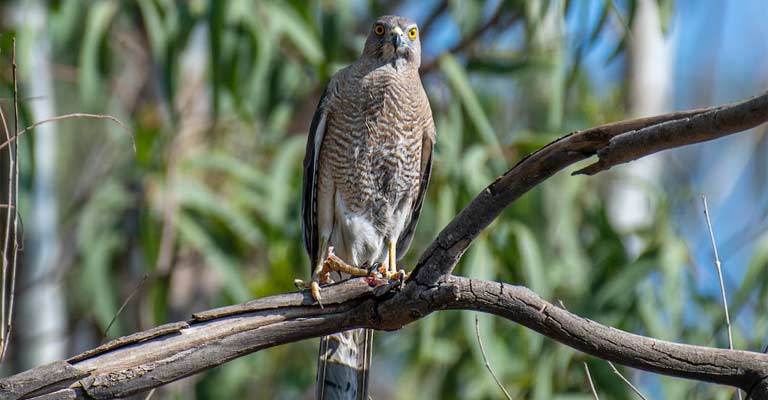
Identifying Characteristics of Moluccan Goshawk
The Moluccan Goshawk (Accipiter henicogrammus) possesses a distinctive set of identifying characteristics, making it possible for keen observers to differentiate it from other birds of prey.
These features contribute to its overall uniqueness and aid bird enthusiasts, researchers, and conservationists in accurately identifying this captivating raptor in its natural habitat.
Size and Shape
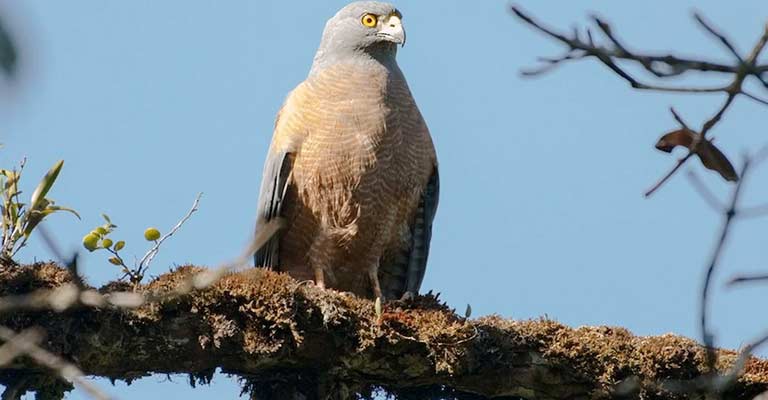
The Moluccan Goshawk exhibits a moderate size with an overall length ranging from 30 to 40 centimeters. Its compact and robust build, along with short wings and a long tail, contribute to its distinctive silhouette.
This shape is an adaptation that enhances its agility during flight, allowing it to navigate through dense vegetation with ease.
Plumage Coloration
The bird’s plumage is a key identifying factor. Moluccan Goshawks showcase a striking rufous-brown coloration, which extends throughout their body. Fine barring on the feathers further enhances their visual appeal.
This color pattern aids in camouflage within their natural habitats, providing effective cover while hunting or perched.
Sexual Dimorphism
One notable characteristic is the sexual dimorphism present in Moluccan Goshawks. Females are generally larger than males, providing a discernible size difference between the sexes.
This distinction is particularly evident when observing a pair or a family of these birds, aiding in the identification of males and females.
Facial Features
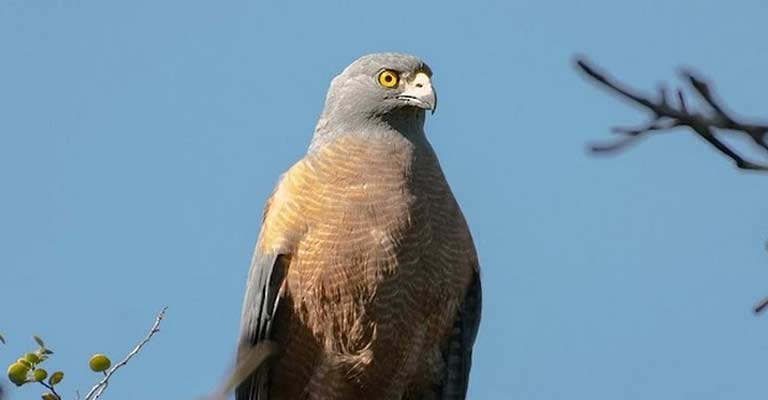
The facial features of the Moluccan Goshawk contribute significantly to its unique appearance. A distinct facial mask, characterized by a darker coloration around the eyes, sets this bird apart.
This mask contrasts with the lighter coloration of the surrounding plumage, accentuating its eyes and giving the bird an intense and focused expression.
Eye Color
The eyes of the Moluccan Goshawk are a notable identifying feature. These raptors boast striking yellow eyes, which stand out against their darker facial mask.
The intensity of their gaze is not only captivating but also aids in their predatory activities, allowing for enhanced visual acuity while hunting.
Flight Pattern
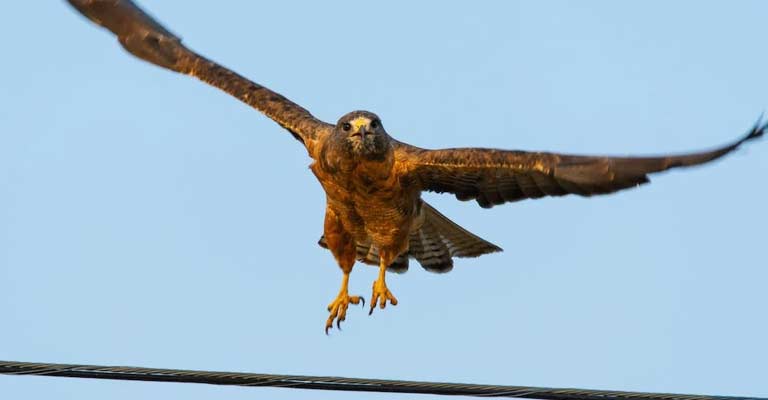
The Moluccan Goshawk’s flight pattern is another distinguishing characteristic. These birds are agile fliers, utilizing their short wings and long tails for rapid maneuvers.
Observing their flight behavior, such as quick turns and dives, helps in confirming their identity from a distance.
Vocalizations
Paying attention to the distinctive vocalizations of the Moluccan Goshawk provides an additional identification cue.
These raptors are known for their sharp and piercing calls, which can vary based on different situations, such as territorial displays or communication with their mate and offspring.
Familiarizing oneself with these vocalizations contributes to a more comprehensive identification process.
A holistic understanding of the Moluccan Goshawk’s identifying characteristics, encompassing size, plumage, sexual dimorphism, and researchers alike to distinguish this captivating bird within its natural environment.
As conservation efforts persist, accurate identification remains crucial for monitoring and safeguarding the population of this unique raptor species.
Taxonomical Details of Moluccan Goshawk
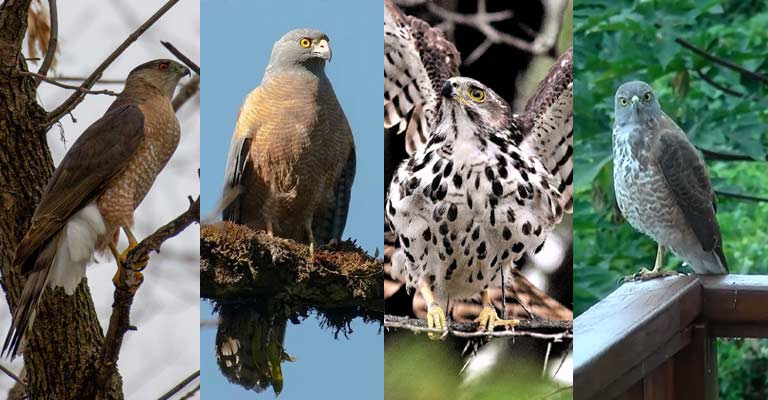
Below is a table outlining the taxonomical details of the Moluccan Goshawk (Accipiter henicogrammus):
| Taxonomic Level | Classification |
| Domain | Eukaryota |
| Kingdom | Animalia |
| Phylum | Chordata |
| Class | Aves |
| Order | Accipitriformes |
| Family | Accipitridae |
| Genus | Accipiter |
| Species | A. henicogrammus |
The Moluccan Goshawk (Accipiter henicogrammus) belongs to the Animalia kingdom, Chordata phylum, and Aves class.
It is classified under the Accipitriformes order, Accipitridae family, and Accipiter genus. The specific epithet, henicogrammus, denotes its distinct species within the Accipiter genus.
As a bird of prey, it showcases a robust representation of the avian class, with notable features such as its compact build, rufous-brown plumage, and keen predatory abilities.
This taxonomic classification aids in understanding the Moluccan Goshawk’s evolutionary lineage and ecological role within the broader context of avian biodiversity.
Evolutionary Life History of Moluccan Goshawk
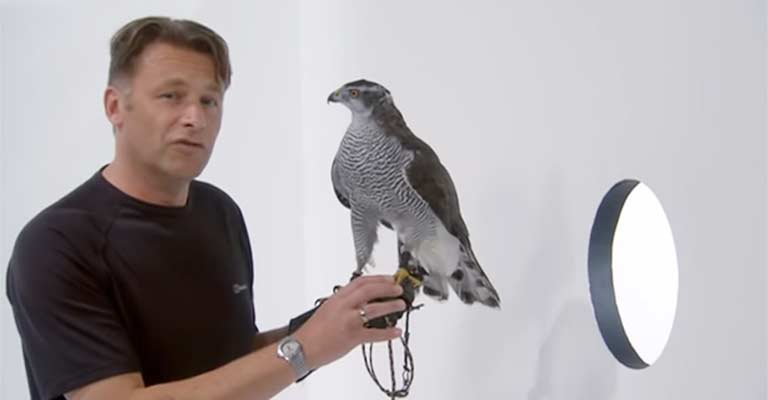
The Moluccan Goshawk (Accipiter henicogrammus) unfolds a captivating evolutionary life history intricately woven with its adaptations, behavior, and conservation challenges.
This raptor, endemic to the Moluccan Islands, Indonesia, unveils a narrative spanning its dietary habits, preferred habitats, nesting behavior, breeding strategies, susceptibility to diseases, conservation status, and potential treatments.
Food
Moluccan Goshawks exhibit a carnivorous palate, primarily preying on small birds and mammals. Their agile flight and sharp talons aid in hunting, and their diet plays a crucial role in maintaining ecological balance within their habitat.
Habitat
These birds display habitat versatility, thriving in diverse ecosystems ranging from forests to mangroves.
Their adaptability underscores the importance of understanding and preserving these varied environments for their long-term survival.
Range Map
The Moluccan Goshawk’s range map extends across the Moluccan Islands, emphasizing the localized nature of its distribution. Conservation efforts must consider the protection of these specific regions to safeguard the species.
Nesting
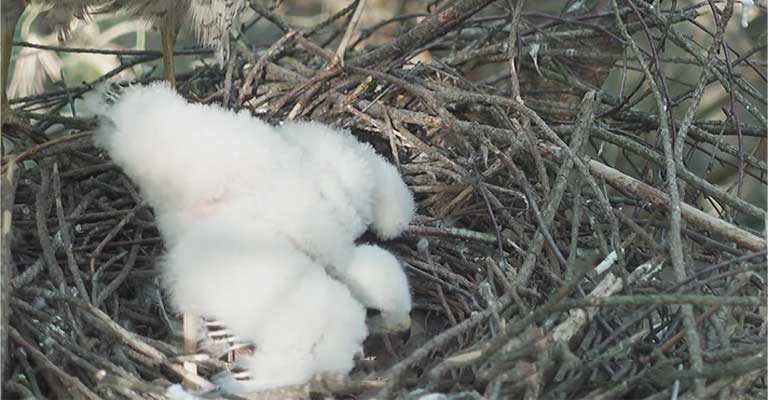
Nesting behavior involves the selection of concealed locations within their habitat. The construction of nests is meticulous, often utilizing twigs and leaves. Understanding their nesting patterns is pivotal for conservation strategies.
Here’s a table summarizing nesting details of the Moluccan Goshawk (Accipiter henicogrammus):
| Nesting Details | Facts |
| Clutch Size | Typically 2 to 3 eggs |
| Number of Broods | Usually 1 brood per breeding season |
| Egg Length | Approximately 4.5 to 5.5 centimeters |
| Egg Width | Around 3.5 to 4.0 centimeters |
| Incubation Period | Approximately 28 to 30 days |
| Nestling Period | About 4 to 5 weeks |
| Egg Description | Oval-shaped, with a pale background and irregular brown markings. |
| Nest Type | Constructed with twigs and leaves, often placed in concealed locations within the habitat. |
| Parental Involvement | Both males and females contribute to the incubation and feeding of the nestlings. |
Breeding
Moluccan Goshawks exhibit a monogamous breeding system. Breeding pairs engage in courtship displays, and the female lays a clutch of eggs.
Monitoring breeding habits contributes to assessing population health and implementing targeted conservation measures.
Diseases
While the Moluccan Goshawk is resilient, it is susceptible to diseases that can impact its population. Monitoring and understanding potential threats contribute to proactive conservation strategies.
Treatment
Addressing diseases requires a comprehensive approach, including veterinary intervention, habitat protection, and mitigation of potential human-induced threats.
Collaboration between conservationists, researchers, and local communities is crucial for effective treatment.
Conservation
Conservation efforts for the Moluccan Goshawk are imperative due to habitat loss and potential threats.
Implementing measures such as habitat preservation, captive breeding programs, and community education contribute to its long-term survival.
The evolutionary life history of the Moluccan Goshawk unfolds as a fascinating tapestry, intricately woven with its ecological roles, behavioral adaptations, and conservation challenges.
Understanding and addressing these aspects are vital for ensuring the continued existence of this unique raptor in the dynamic landscapes of the Moluccan Islands.
10 Fun Facts About Moluccan Goshawk
The Moluccan Goshawk (Accipiter henicogrammus) is a fascinating bird of prey, and delving into its unique characteristics reveals a world of interesting facts that contribute to its allure.
Here are 10 fun facts about the Moluccan Goshawk:
- Endemic Marvel: The Moluccan Goshawk is endemic to the Moluccan Islands in Indonesia, making its presence a source of pride for the local biodiversity.
- Distinctive Plumage: Sporting a rufous-brown plumage with fine barring, these birds display a striking appearance, adding vibrancy to the tropical landscapes they inhabit.
- Size Matters: With a moderate size ranging from 30 to 40 centimeters, these raptors exemplify efficiency in their compact build, allowing for agile flight through dense vegetation.
- Hunting Maestro: Known for their adept hunting skills, Moluccan Goshawks primarily prey on small birds and mammals, showcasing their prowess in maintaining ecological balance.
- Eye-Catching Eyes: The intense and captivating yellow eyes of the Moluccan Goshawk not only contribute to its formidable appearance but also enhance its visual acuity during hunting.
- Monogamous Bonds: These raptors engage in monogamous breeding, forming strong pair bonds. Courtship displays are a sight to behold, involving aerial acrobatics and vocalizations.
- Caring Parents: Both male and female Moluccan Goshawks actively participate in incubating the eggs and caring for the nestlings, exemplifying cooperative parenting.
- Territorial Calls: Vocalizations play a crucial role in their communication. The Moluccan Goshawk is known for its sharp and piercing calls, often used to establish and defend territories.
- Habitat Flexibility: From lush forests to mangroves, Moluccan Goshawks display remarkable habitat adaptability, emphasizing their ability to thrive in diverse ecosystems.
- Conservation Concerns: Despite their resilience, habitat loss and potential threats pose challenges to their survival. Conservation efforts are crucial for safeguarding this unique species and its ecological contributions.
In essence, the Moluccan Goshawk embodies a captivating blend of ecological significance and remarkable adaptations, making it a species of immense interest to ornithologists, bird enthusiasts, and conservationists alike.
Wrapping Up
The Moluccan Goshawk stands as a remarkable avian species, weaving its narrative through distinctive plumage, agile hunting skills, and a unique role within the intricate ecosystems of the Moluccan Islands.
From their captivating courtship displays to the challenges they face in the ever-changing landscapes, understanding the evolutionary life history and nesting behaviors contributes to a deeper appreciation of this bird of prey.
Conservation efforts are imperative to ensure the continued existence of the Moluccan Goshawk, balancing the delicate interplay of ecological dynamics in its endemic habitat.